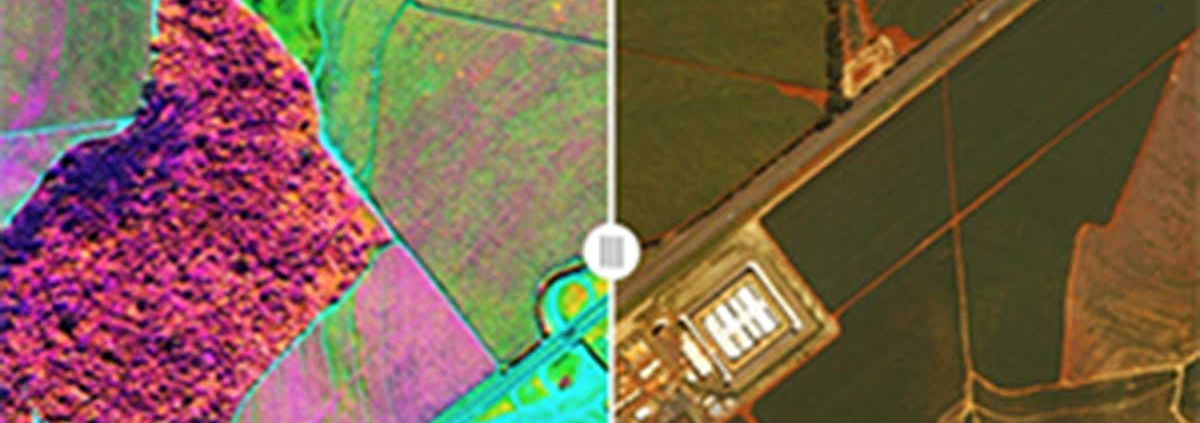Data and analytics for enhanced biosecurity
PBRI members and partners met on July 20 to hear about the role of data and analytics to support biosecurity. This forum focussed on the types of data being collected and how it is being used in a biosecurity context.
This was the fifth forum in a series that explores high priority areas for plant biosecurity Research, Development, and Extension (RD&E), that fit within our six key focus areas for investment – Preparedness, Diagnostics, Surveillance, Sustainable pest management, Capability building and Industry resilience.
More biosecurity data has been created in the last year than ever previously recorded, creating new opportunities to better understand and profile risk.
Susan Maas, R&D Manager, Cotton Research and Development Corporation (CRDC) introduced the importance of access and integration of data from an industry perspective. CRDC led the cross-industry Precision to Decision (P2D) project, which facilitated the development of digital technology in Australian agriculture, including relevant legal frameworks, data systems and access to critical datasets for the Australia farm and agribusiness sectors.
Pierre Skorich, Compliance Testing and Intervention, Department of Agriculture, Water, and the Environment (DAWE), discussed the regional, transnational, and international threats and opportunities that will affect Australia’s assets and objectives. Pierre explained that the threat of diseases such as African Swine Fever arriving in Australia is not just driven by disease epidemiology, but by a complex set of economic, trade, cultural, geographic, and geopolitical factors.
Dr Sarah Richmond, General Manager Science Programs, Bio Platforms, outlined a new initiative – the Bioplatforms Framework – Pathogen ‘omics. The aim of this project is to consolidate and extend national knowledge and capabilities in plant protection and biosecurity preparedness, by developing a referential ‘omics data resource of key pathogens. It will also contribute to best-practice standards and workflows for identification, monitoring and management of plant pathogen populations.
Bianca Kallenberg, Remote Sensing Analyst, Geospatial and Analytics Branch (DAWE) described the criteria for procuring satellite data for application within the Department. Bianca presented a comparison of spatial and temporal criteria from eight different satellite providers, outlining their capabilities such as multispectral, object detection, AI analytics and 3D footprint building.
Staying on the theme of hyperspectral and thermal imaging, Prof. Pablo Zarco-Tejada, Precision Agriculture and Remote Sensing, University of Melbourne, demonstrated results from the retrieval of spectral plant traits from hyperspectral data, for Xylella fastidiosa detection in olives in Spain.
Dr Tom Walsh, Principal Research Scientist, Environmental Systems Biology, CSIRO, explained the new Australian Invasive and Pest Species Genome Partnership. The aim of the partnership is to have locally focused, high quality, pest genome reference data assets which have open access to users.
Nathaniel Bloomfield, Research Fellow, CEBRA described research on automated image analysis for identifying biofouling risk on vessels. This included integrating neural network models with a prototype user interface and developing methods to expand the image dataset using semi-supervised learning.
David Gale, Manager, Surveillance System and Data Management, PHA, described the key features of the plant pest surveillance virtual coordination centre, AusPestCheck. David outlined several areas for expanding the use of AusPestCheck e.g., pesticide resistance mapping and a capacity to visualise pest abundance.
Prof. Brendan Rodoni, Research Director, Microbial Sciences, Agriculture Victoria. Brendan spoke about the guidelines and standards required for harmonising high throughput sequence usage, data analysis, reporting and data storage. A National Biosecurity Data Platform (NBDP) will be established to bring together sequence information and metadata to allow the real-time analysis of disease outbreaks.
Greg Hood, Principal Data Scientist, (DAWE) described two areas of work underway at the Biosecurity Analytics Centre – improved ‘platform, access, and tooling’ to allow data sharing and improved capacity to deploy research tools. Greg described the process from data extraction to model validation used to ensure reliable data for use in biosecurity research.
The next forum will be focussed on ‘behavioural science and biosecurity’ scheduled for 28 September 2021.
Acknowledgement: Image courtesy of agfundernews.com/growing-impact-hyperspectral-imagery-agrifood-tech

